EARTH AND SPACE
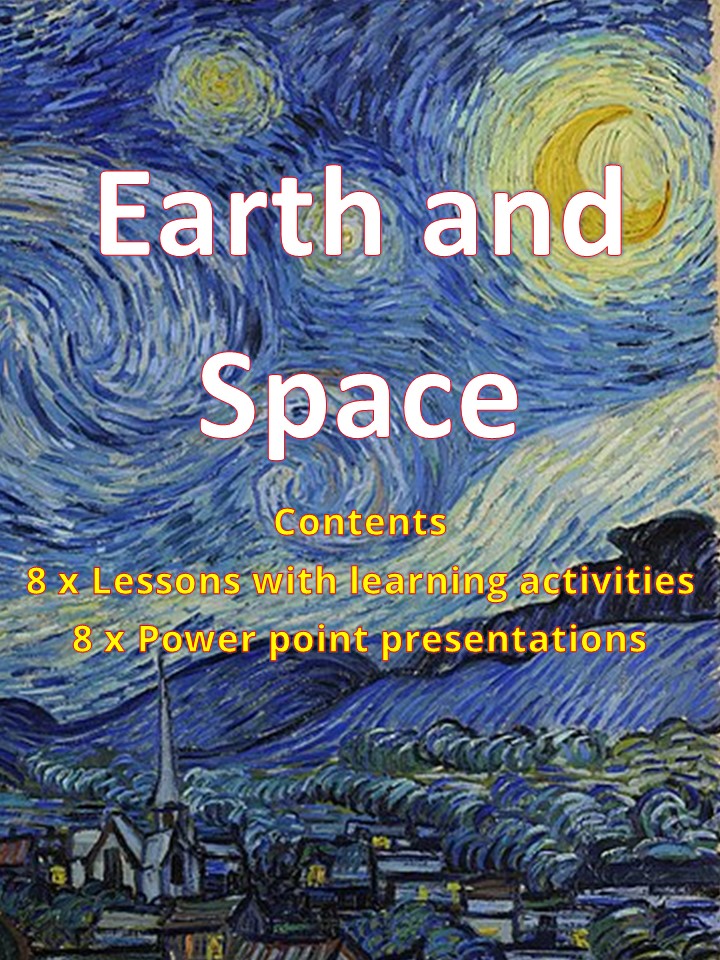
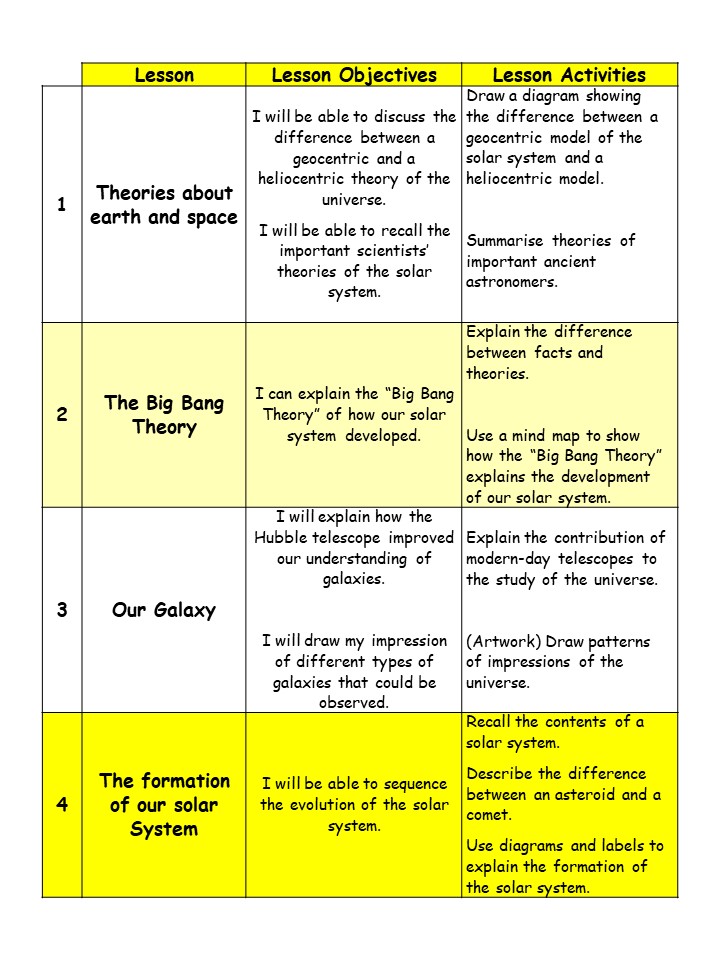

SOUND


ELECTRICITY

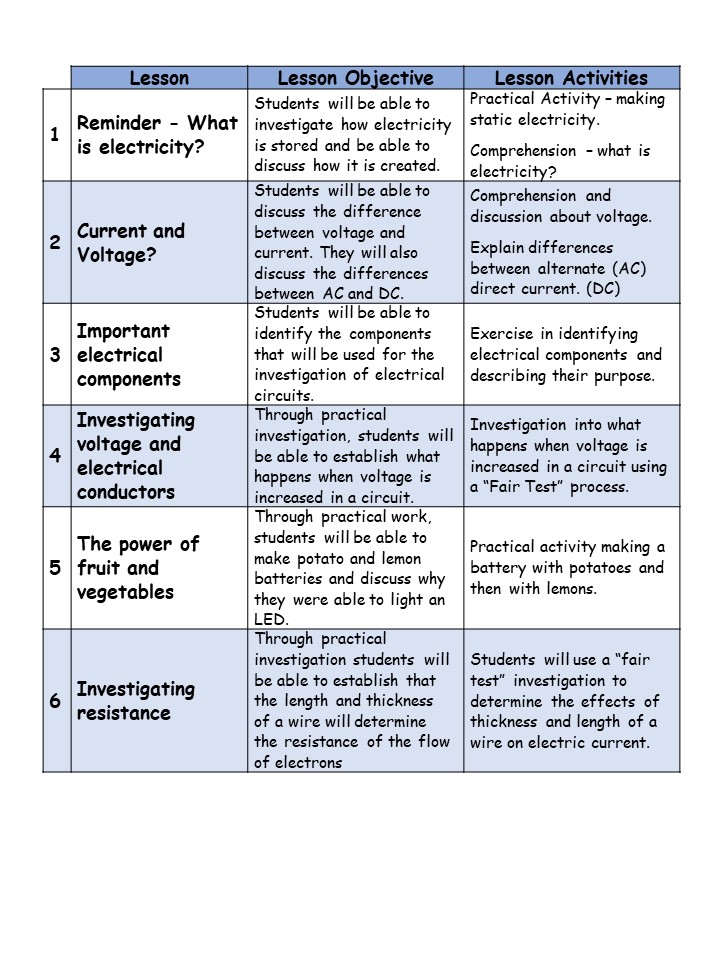

FORCES AND MAGNETS- Learning unit for 7 to 8 year olds

Use this unit for 7 to 8 year olds and the unit
FORCES AND MOTION for age 10 to 11 year olds.

LIGHT – Learning Unit for age 10 to 11


FORCES and MOTION and SIR ISAAC NEWTON

Aimed at Year 5/6 / Grade 5, this unit explores forces and motion. There are slides, activities and worksheets to support learning and understanding. One lesson draws attention to Sir Isaac Newton and his contribution to mathematics and science.
Topics include:
What is a force?
Balanced and unbalanced forces
Gravity
Friction
Air resistance
Forces acting on aeroplanes
Water resistance
Levers
Pulleys
Gears
Isaac Newton
PROPERTIES and CHANGES in MATERIALS


LIGHT


EVOLUTION and INHERITANCE


PLANTS

With nine power point presentations and nine worksheets for the unit Plants for 7 to 8 year olds, this unit covers the topics:
What do the parts of plants do?
What do plants need to grow well?
Do plants really need water to grow? Experimenting
Do plants really need light to grow? Experimenting
Do different plants have different needs?
How does water move around a plant?
What are flowers for? Pollination
What are flowers for? Producing seeds
Seed dispersal
The lesson objectives are clearly stated at the start of each lesson.
Some simple items are needed for the investigations in lessons 3, 4 and 6.
ANIMALS, INCLUDING HUMANS -THE SKELETON AND MUSCLES
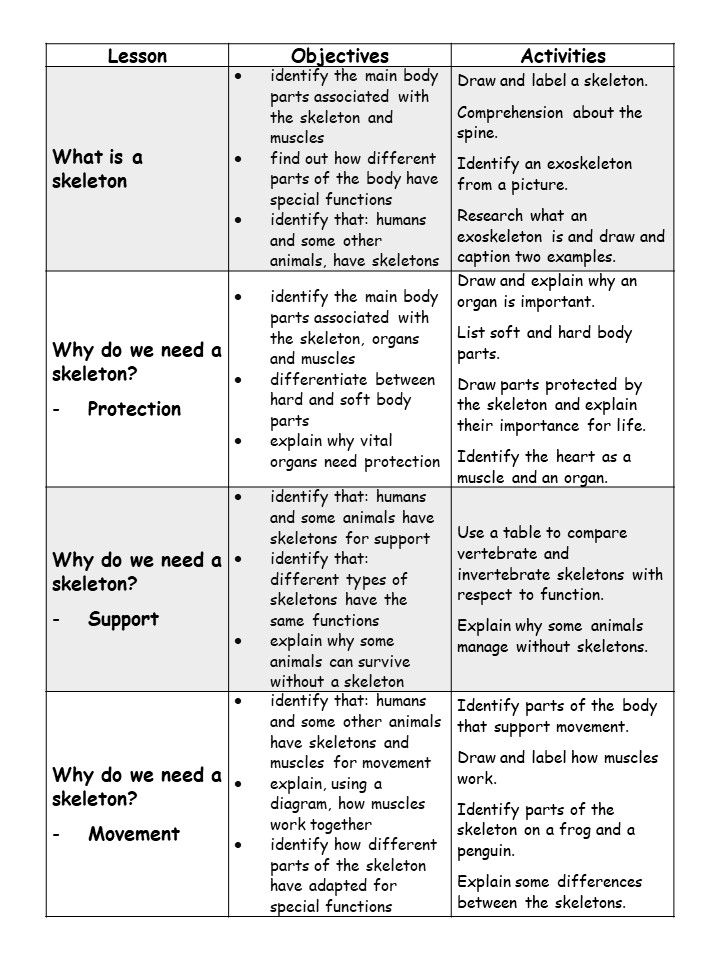

LIVING THINGS AND THEIR HABITATS – LIFE CYCLES
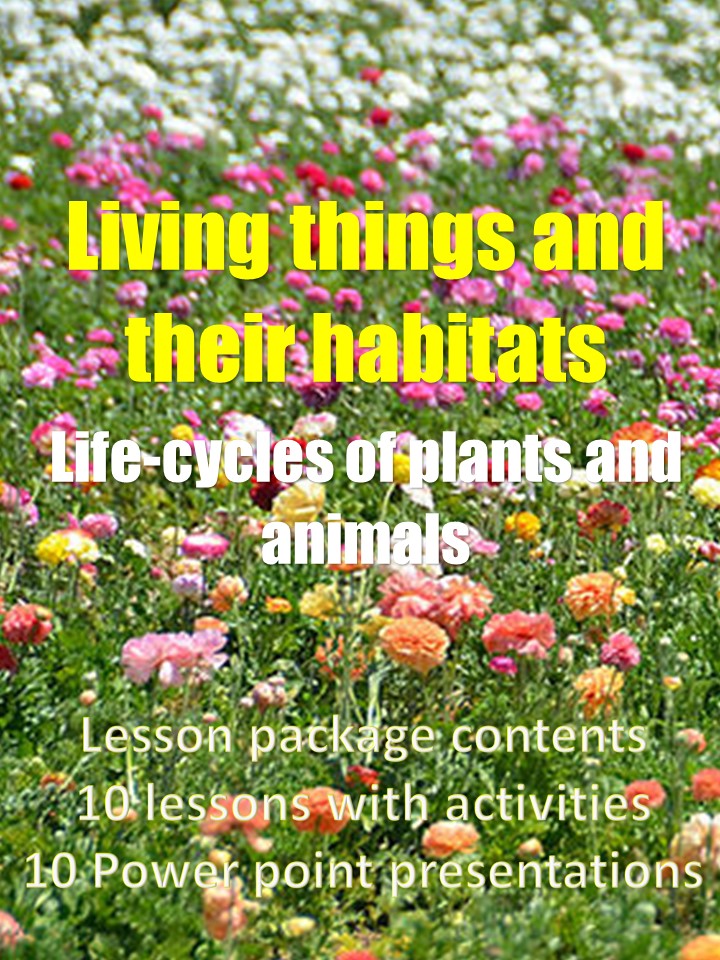
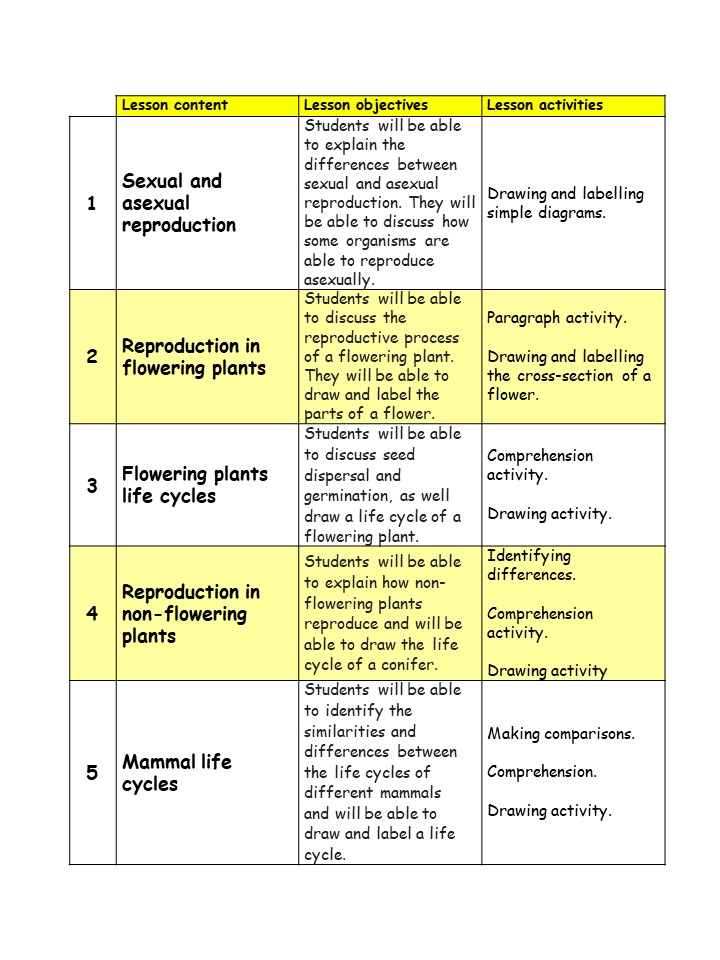

LIVING THINGS AND THEIR HABITATS – ENVIRONMENTS
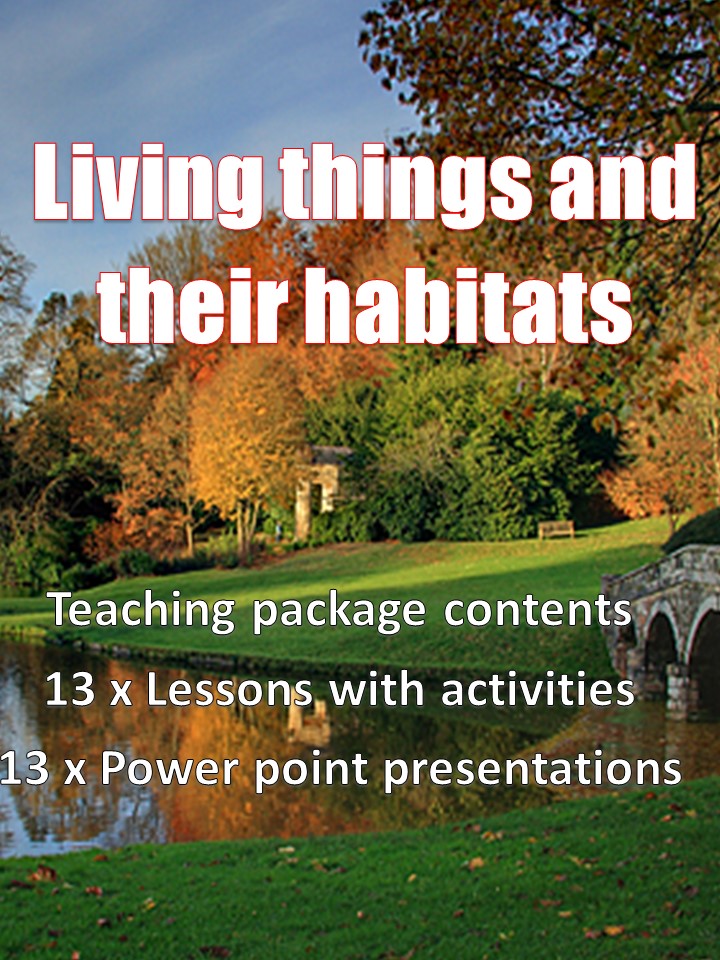
Living Things and their Habitats is a comprehensive unit covering the following topics:
The Environment
Habitats
Flowering and Non-Flowering plants
Classification of animals
Vertebrates: Mammals
Vertebrates: Birds
Vertebrates: Reptiles
Vertebrates: Fish
Vertebrates: Amphibians
Invertebrates: Insects
Invertebrates: Spiders
Invertebrates: Worms
Invertebrates: Slugs
Each topic has a presentations, notes and worksheet.
ANIMALS, INCLUDING HUMANS: NUTRITION


ANIMALS, INCLUDING HUMANS: THE CARDIOVASCULAR SYSTEM


ANIMALS, INCLUDING HUMANS: CONCEPTION TO OLD AGE
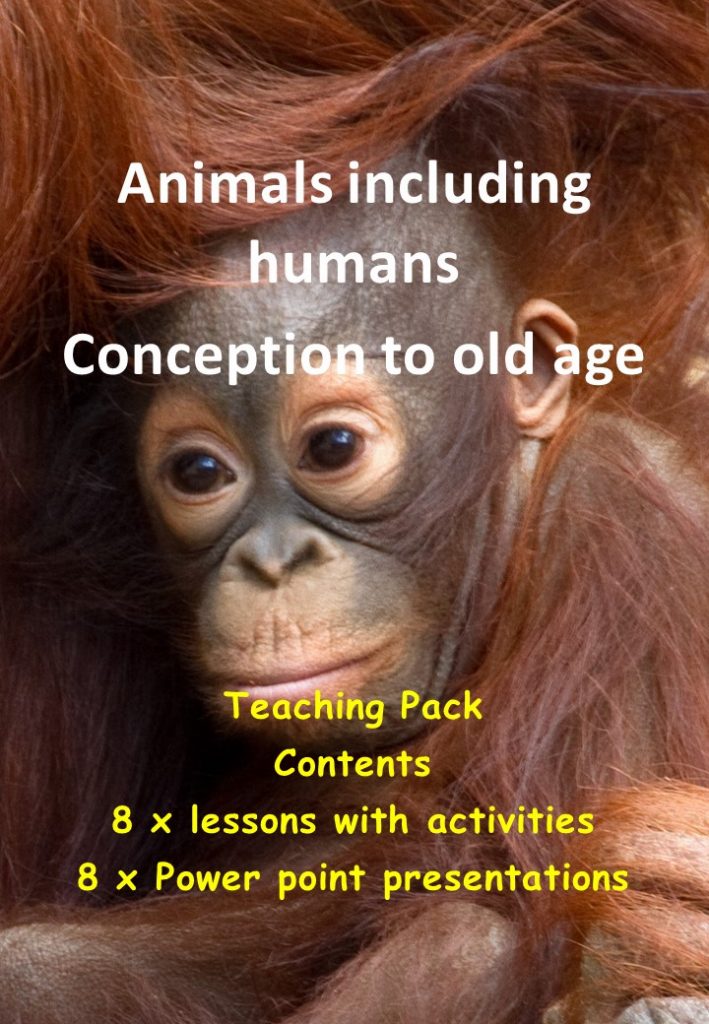
EIGHT LESSONS WITH POWER POINT PRESENTATIONS AND WORKSHEETS
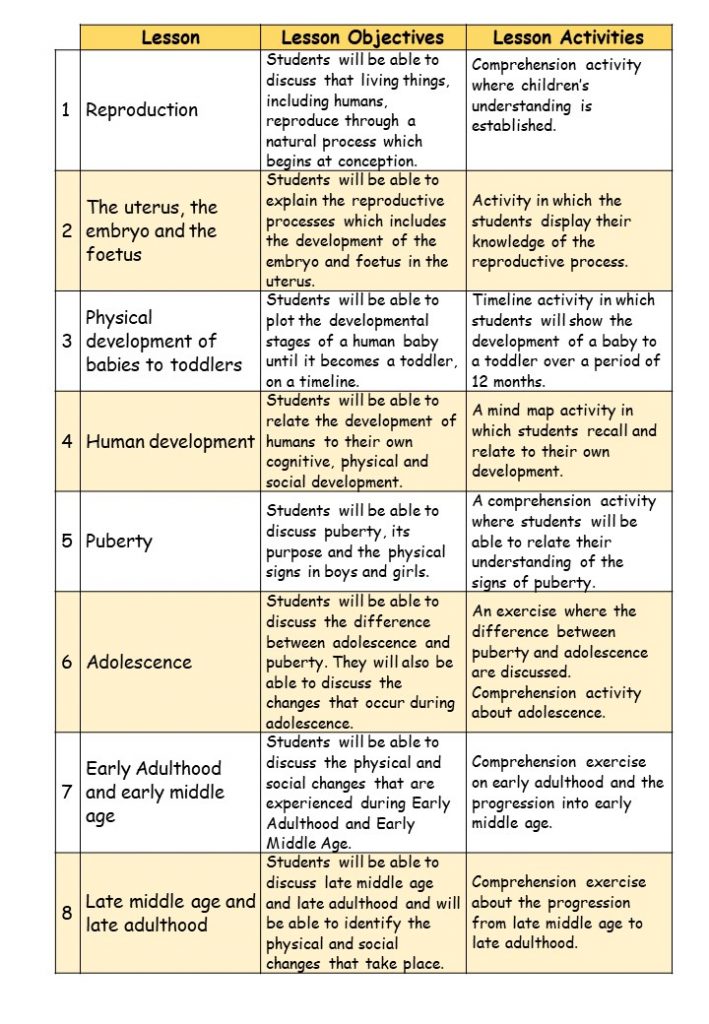
ANIMALS, INCLUDING HUMANS: EATING AND DIGESTION
Animals including Humans: Eating and Digestion:
THERE ARE EIGHT POWER POINT PRESENTATIONS AND EIGHT SETS OF NOTES AND WORKSHEET ACTIVITIES.
They cover the following topics:
Eco systems – consumers and producers
Consumers in the food chain
Human’s teeth
Teeth in animals
Mouth and the tongue
The Throat and Oesophagus
The stomach and intestines
The different ways that animals digest food
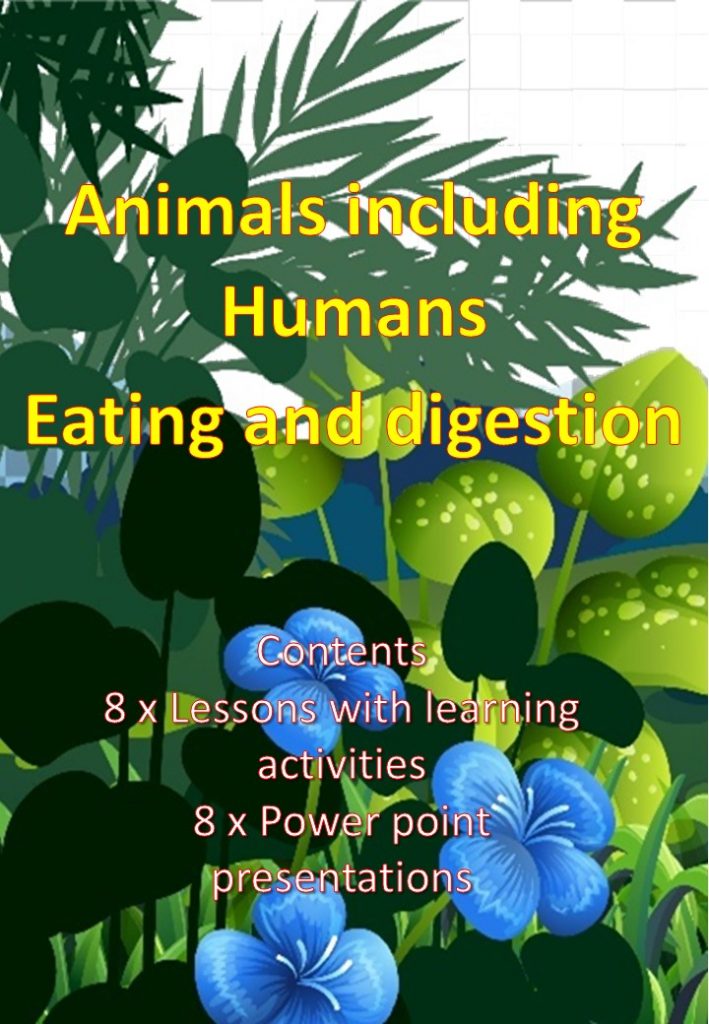
ROCKS AND SOILS
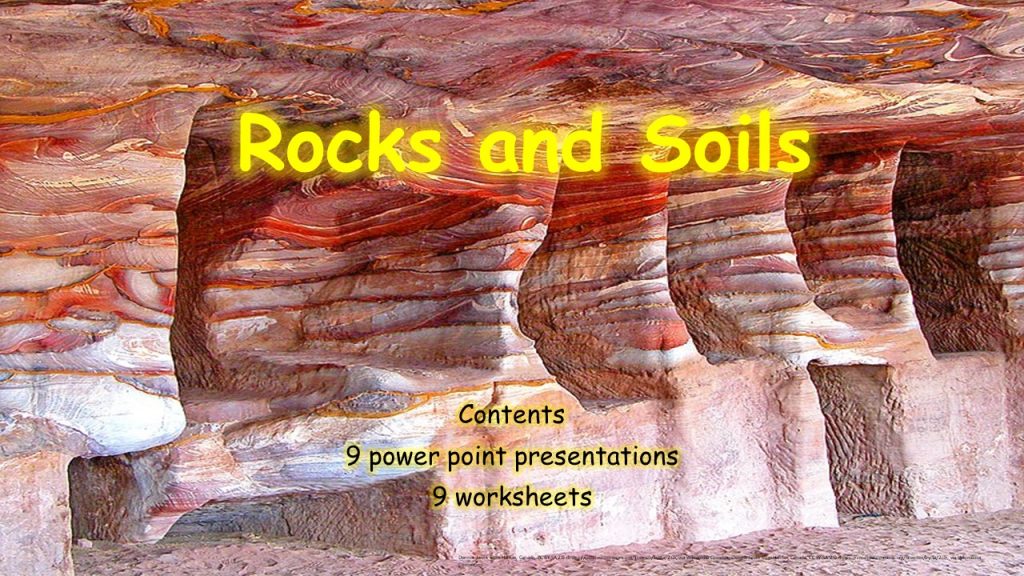
NINE POWER POINT PRESENTATIONS AND WORKSHEETS
Using your rock and soil samples, guide your students through the geographic and scientific aspects of:
Sedimentary Rock
Igneous Rock
Metamorphic Rock
Grouping and Sorting Rocks – colour
Grouping and Sorting Rocks – lustre
Grouping and Sorting Rocks – hardness
Grouping and Sorting Rocks – cleavage
Grouping and Sorting Rocks – minerals and crystals
What is Soil?
WORKING SCIENTIFICALLY 6 – lessons for Year 6 or Grade 5

Students find it easy to understand the topic “Working Scientifically” using the PowerPoint slides, activities and worksheets in this unit.
There are clear notes to print for the students too.
The lessons cover:
How Science has had a positive and negative effect over time
Following the Scientific Method
Exploring Scientific Ideas
Getting Accurate results
Recording and Concluding
Limitations of Test


WORKING SCIENTIFICALLY 5 – Lessons for Grade 4 or Year 5

Work through the objectives of this unit on Working Scientifically with your students. PowerPoints are provided with indicators to break for the planned activities, notes for the students and worksheets for the activities.
Areas of study include:
Creativity in Science
Planning to experiment
The main variables that may affect investigative results
Communicating conclusions
Evaluating accuracy of conclusions
Please see detailed objectives in the content page in the gallery.



WORKING SCIENTIFICALLY 4 – Lessons for Year 4 or Grade 3
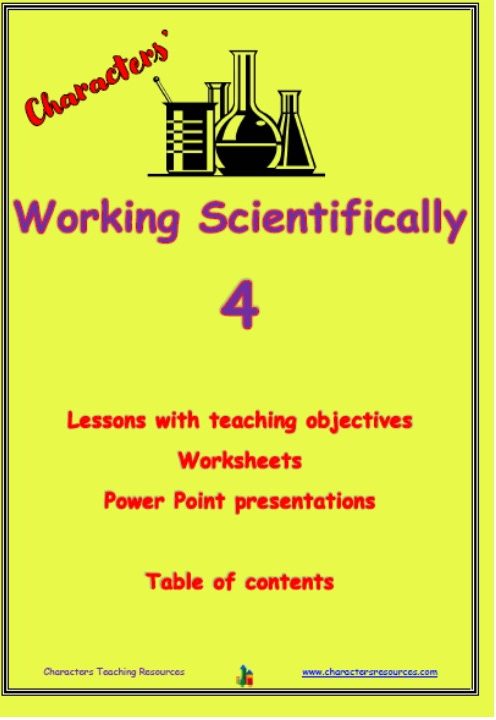



A unit covering the goals for:
1 Finding knowledge
2 Prediction and Hypothesis
3 A Fair Test
4 Setting up a Science Experiment
5 Collecting data
6 Analysing and drawing conclusions
7 The Scientific process in discovering our COVID vaccines
Scaffold students through the process of understanding “working scientifically” using these PowerPoint presentations, activities, notes and worksheets.